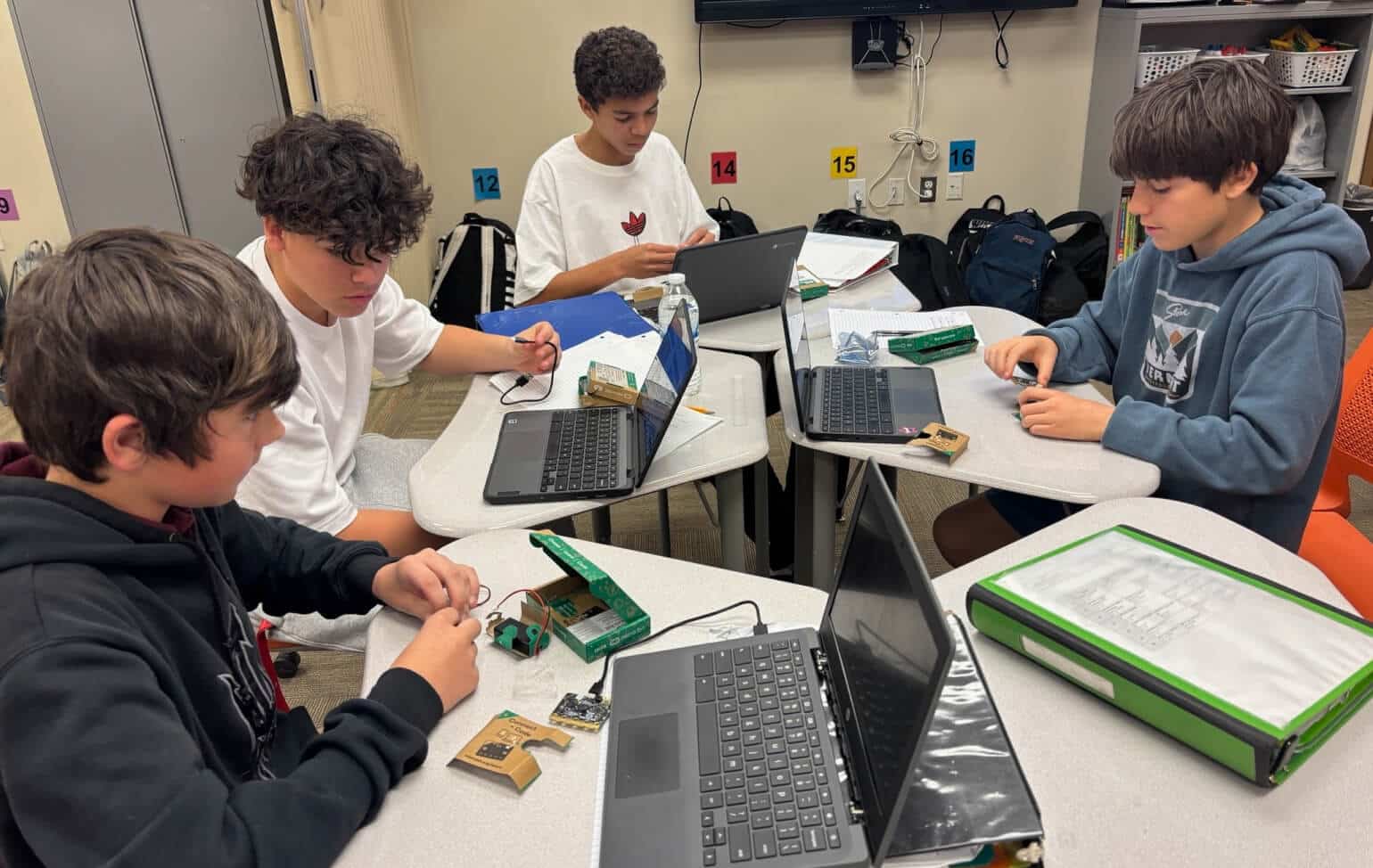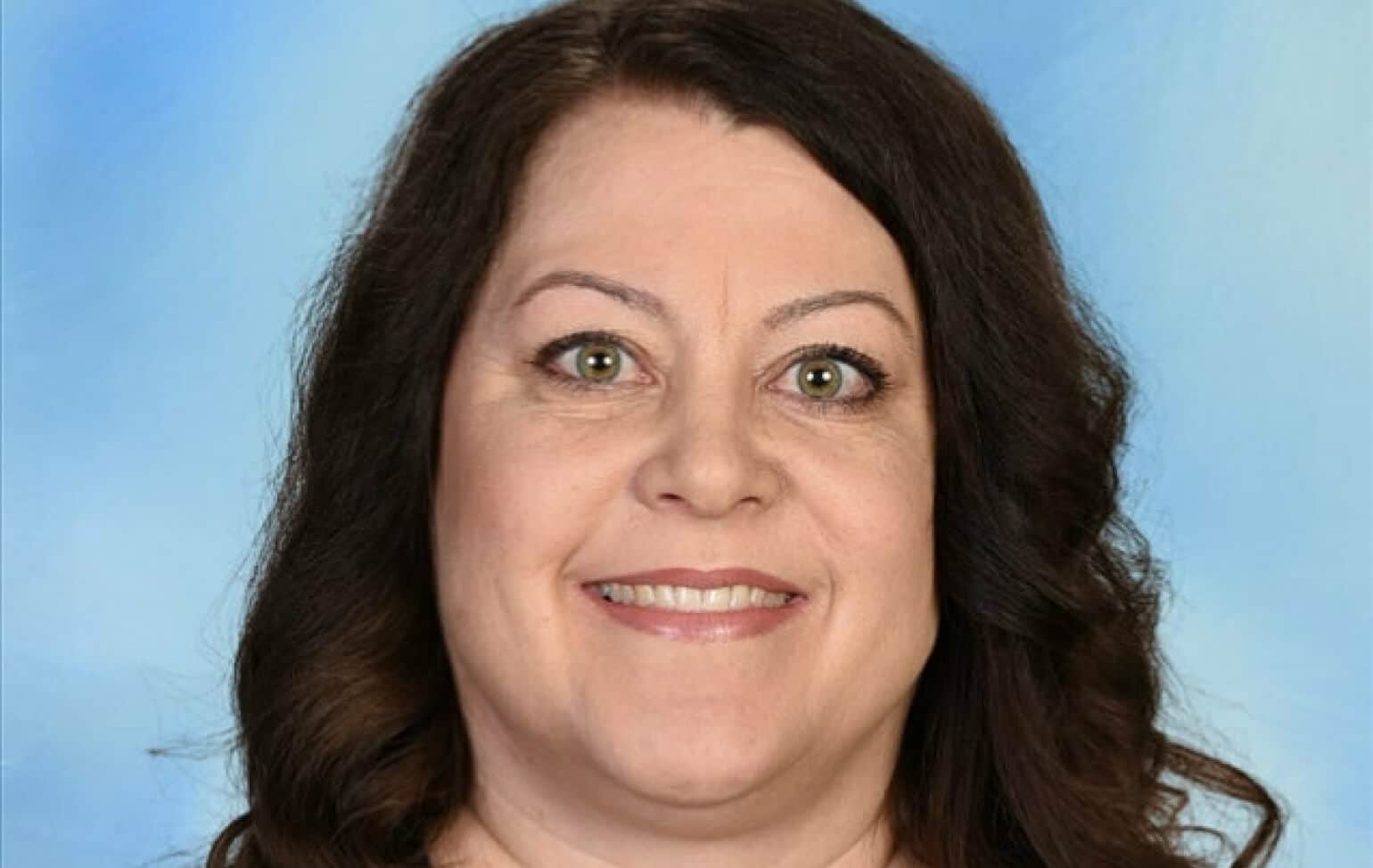At its core, Project-Based Learning (PBL) is more than just completing a project. It’s an educational approach where students actively explore real-world challenges and problems, gaining knowledge and developing skills by engaging in meaningful tasks. PBL emphasizes deep learning, collaboration and creativity, making it a powerful tool to inspire and equip students to succeed in an interconnected world.
For Danielle Serna, a dedicated educator at ASU Prep Casa Grande, bringing the real world into her classroom has always been a priority. With experience teaching middle school science, English Language Arts, electives and advising the yearbook and National Junior Honor Society (NJHS), Serna consistently seeks innovative ways to engage her students. Trained in blended learning, she’s now focused on incorporating gold-standard PBL into her curriculum, combining structure with creativity to transform student learning.
“I love to plan learning experiences for my students that bring in real-world elements,” Serna shares. While she humbly notes her current projects aren’t fully PBL—yet—they incorporate key elements of the approach. She is laying the groundwork to expand these projects into fully realized examples of this impactful methodology. Her commitment to designing meaningful, authentic learning experiences is already evident in the creative projects she leads.
Bringing learning to life
One standout example of Serna’s approach is the eighth-grade science project she assigned on genetically modified crops. Using the GRASP framework (Goal, Role, Audience, Situation, Product), she designed a task that required students to take on the role of biotechnologists.
“Students worked with a partner to research, brainstorm ideas and create their final product,” she explains. “I also gave them product choices or the option to design one themselves, allowing them to have a voice in their learning.” The project not only deepened their understanding of science concepts but also empowered them to communicate ideas in a way that could make a real-world impact.
Sparking innovation
Serna’s passion for science, technology, engineering and mathematics (STEM) recently stood out during a micro:bit competition sponsored by the SEMI Foundation. Despite knowing little about micro:bits and semiconductors at the time, she encouraged a group of STEM-focused students to take the lead. Their ingenuity and teamwork earned them second place in the statewide competition, securing micro:bits for the entire middle school and a field trip to ASU.
“I designed a follow-up learning experience around the micro:bits when they arrived,” Serna adds. Students rotated through stations to learn coding, explore semiconductor industry careers and understand technologies like cleanrooms and wafer production. By connecting lessons to cutting-edge industry topics, her classroom became a space where students could see the practical applications of their learning.
ASU Preparatory Academy empowers educators like Serna by enhancing their expertise in microelectronics and equipping them with the tools to inspire curiosity and bring STEM learning to life.

Inspiring curiosity
The annual science fair at ASU Prep Casa Grande is another way Serna inspires her students to take charge of their learning. Students brainstorm topics they are curious about and use tools like Magic School AI to help refine their ideas. From testing the traction of different soccer cleats to determining the best way to sanitize toothbrushes, the variety of student-led projects reflects their enthusiasm for exploration and discovery.
“The science fair is a big hit because it’s so hands-on and students have so much voice and choice,” Serna explains. She believes this blend of structure and freedom is crucial for creating meaningful, engaging educational experiences.
A vision for the future
Looking ahead, Serna is committed to fully introducing a gold-standard PBL project into her curriculum. She sees this step as an opportunity to deepen student ownership, develop critical problem-solving skills and expand their global awareness.
“PBL is about more than just completing tasks,” she says. “When students see their projects as part of something bigger, it changes how they think. It lays the groundwork for lifelong learning.”
Danielle Serna demonstrates the kind of innovative, student-centered teaching we value at ASU Prep Casa Grande. Her dedication to connecting classroom learning to the real world is helping to prepare her students for success in college and beyond, and she’s one of many ASU Prep educators using PBL to bring learning to life.
At ASU Prep, our mission is to design new models for educational success and raise academic achievement for all learners. We’re committed to personalizing PBL and empowering students to develop the critical thinking skills they need to tackle tomorrow’s challenges. Learn more about our programs.

